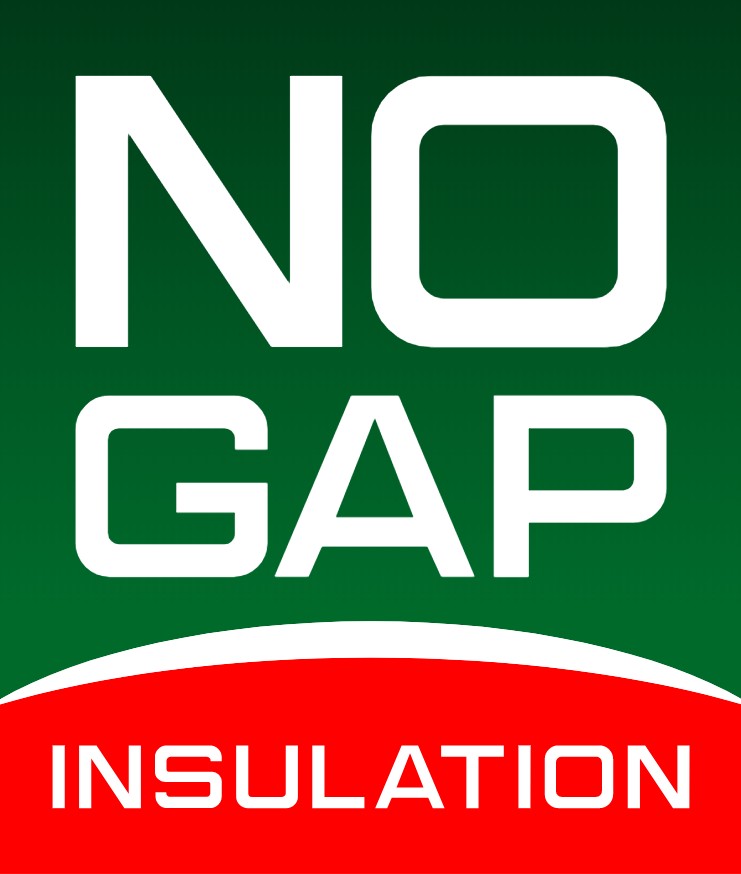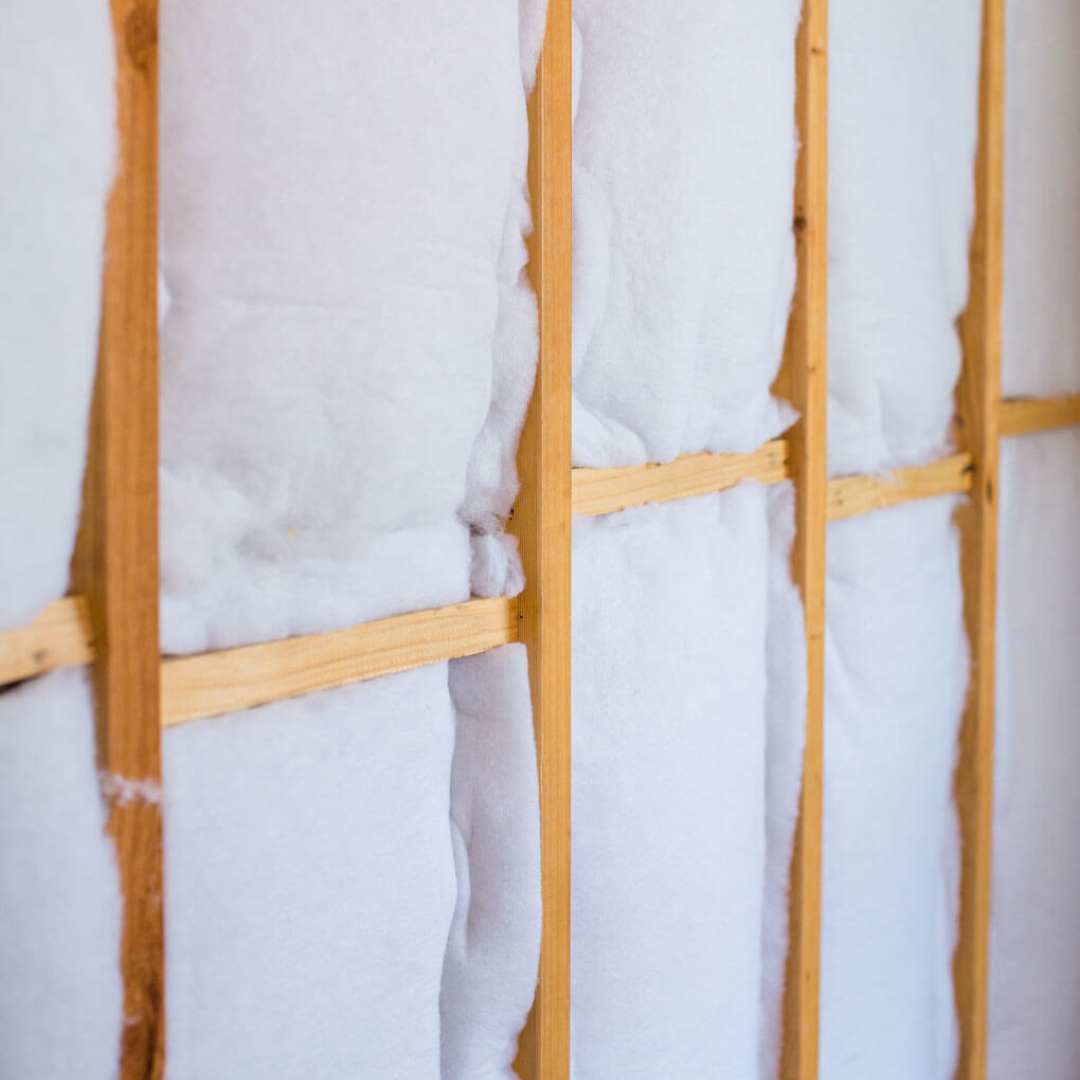Description
Polyester Wall Insulation Batts
Polyester wall insulation batts is specifically engineered to enhance comfort and minimize energy expenses. By implementing Polyester Solutions wall insulation, the heat transfer through the walls, ceilings, and floors of residential, commercial, and office spaces can be significantly reduced.
In winter, an uninsulated home can lose up to 42% of its heat through the ceiling alone, while in summer, excess heat can infiltrate, leading to uncomfortable indoor temperatures. These issues often result in extended operation of heating and cooling systems, leading to higher energy bills.
Polyester vs Glasswool Insulation
Polyester Wall Insulation batts stands out from other products like glasswool/fibreglass Batts and EPS panels due to its unique composition. Unlike fibreglass insulation, which contains breathable fibres, Polyester Solutions insulation is 100% polyester and does not release any breathable particles. It is known for its softness and ease of handling. While glasswool requires cutting with a knife, polyester insulation can be conveniently torn to the desired size.
One significant advantage of polyester insulation is its suitability for allergy sufferers. It is a preferred choice for individuals with allergies or sensitivities. However, it’s important to note that the benefits of polyester insulation come at a higher cost. The manufacturing process for polyester is more expensive, and its bulkier nature makes transportation, especially to regional areas in Australia, more challenging.
For the latest pricing details, please refer to our delivery information page.
Benefits of Polyester Wall Insulation Batts
- Non-toxic and safe
- Allergenic friendly
- Itch free, contains no formaldehyde binders
- Easy to handle
- Odourless
- Easy to install
- 80% of fibers are recycled from plastic bags & other packaging materials
- Made in Australia
100% Reusable Polyester Insulation
Polyester wall insulation is crafted from the same high-quality polyester material found in pillows and doonas, ensuring exceptional comfort and performance. Notably, this insulation is designed to be low allergen, offering a healthier indoor environment, as it does not release any volatile organic compounds (VOCs) that could compromise air quality.
Choosing Polyester Solutions insulation demonstrates a commitment to environmental sustainability. The insulation is 100% reusable, promoting waste reduction and minimizing environmental impact. The polyester fibers utilized in the insulation are derived from up to 80% recycled content sourced from post-consumer (PET) packaging, including empty drink bottles. This process helps repurpose materials that would otherwise end up in landfills.
Furthermore, the manufacturing process of Polyester Solutions insulation does not involve the use of any chemicals or resin binders, supporting an eco-friendly approach to insulation production.
Maximise the Energy Efficiency of Your Home
For enhanced energy efficiency in your home, we highly recommend the installation of insulation in various areas. This includes external walls, internal walls, between levels in a double-storey house, under the floor, and around pipes (commonly known as pipe-lagging). These measures collectively contribute to optimizing thermal performance and reducing energy consumption.
Considering the escalating cost of energy, many DIY builders are opting for insulation with higher R-values than those specified in their energy reports. It’s important to note that the effectiveness of insulation is determined by its R-value, rather than its thickness. A higher R-value indicates superior thermal performance.
Polyester Solutions Thermal Wall Batts offer options with R-values of R1.5, R2.0, and R2.5, tailored to fit within the standard 90mm joists found in Australian homes.
To maximize the efficacy of your insulation, we recommend adopting a holistic design approach. Incorporating passive design techniques such as strategic shading, optimal building orientation, and the use of double-glazed windows can further enhance comfort levels while minimizing heat loss and heat gains within your living space.
These complementary strategies work together synergistically to create a more energy-efficient and comfortable home environment.















